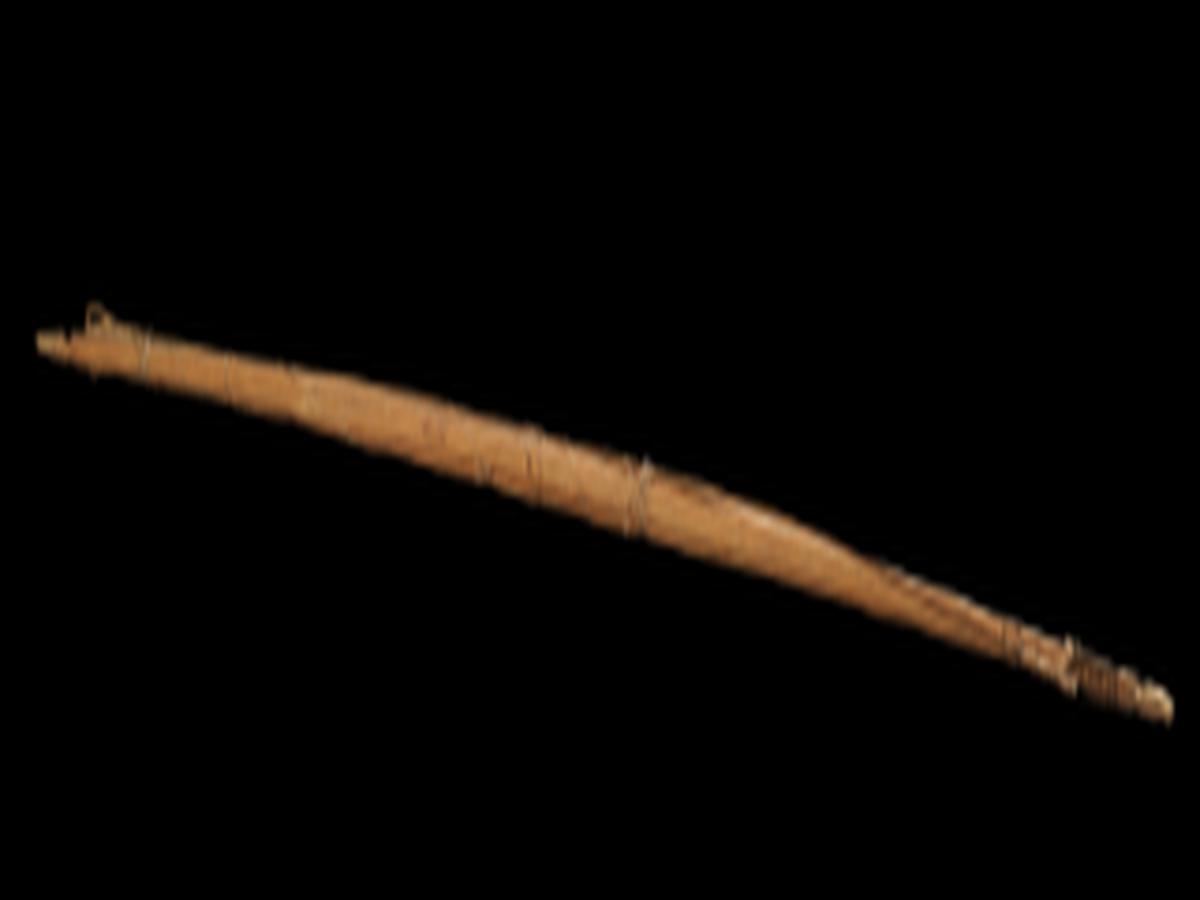State
Tribe Name
Art Type
short description
It belong to the big tribal groups in Odisha. They have a whole way of life inextricably tied to nature and traditional skills. Their Bidu bow among their many indigenous tools and weapons, finds its place among the objects of survival, skill, and identity.
Thumbnail

Filter Postion
Left
Filter Background
Off
Theme
Filter Header Image

content
Image

description
It belong to the big tribal groups in Odisha. They have a whole way of life inextricably tied to nature and traditional skills. Their Bidu bow among their many indigenous tools and weapons, finds its place among the objects of survival, skill, and identity.
The Khond bow is a truly fine example of indigenous technology whose use extends beyond hunting to include history and a major part of habitation. Its stave has been painstakingly carved from some of the strongest-local grown wood to be chosen that is supple. The string, as has traditionally been done, is made up of finely split bamboo. Both woods and the bamboo split are highly accessible and very resilient. This split bamboo will be firmly tied with a bark fiber into notches carved at each end of the stave wood: thus the natural ingenuity aspect is added. The notches will secure appropriate tension and alignment for effectiveness in a very rare state of being functional and yet retaining durability in the forests.
The entire bow shows how the Khond have learned to live with their environment through the arts of transforming nature to produce important tools. Bidu looks beyond being a hunting weapon into the domain of a cultural object, something that recalls a form of transmitted knowledge through generations.
The design and process of making this bow reflect sustainable practices and the treasury of tribal knowledge, thus making it a significant object for understanding indigenous material culture.
The Khond bow is a truly fine example of indigenous technology whose use extends beyond hunting to include history and a major part of habitation. Its stave has been painstakingly carved from some of the strongest-local grown wood to be chosen that is supple. The string, as has traditionally been done, is made up of finely split bamboo. Both woods and the bamboo split are highly accessible and very resilient. This split bamboo will be firmly tied with a bark fiber into notches carved at each end of the stave wood: thus the natural ingenuity aspect is added. The notches will secure appropriate tension and alignment for effectiveness in a very rare state of being functional and yet retaining durability in the forests.
The entire bow shows how the Khond have learned to live with their environment through the arts of transforming nature to produce important tools. Bidu looks beyond being a hunting weapon into the domain of a cultural object, something that recalls a form of transmitted knowledge through generations.
The design and process of making this bow reflect sustainable practices and the treasury of tribal knowledge, thus making it a significant object for understanding indigenous material culture.
Image Mode
landscape
promoted
On
Verified
Off
